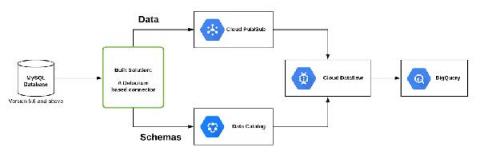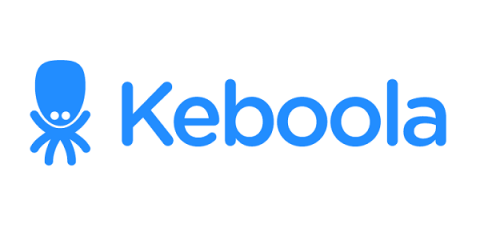Systems | Development | Analytics | API | Testing
%term
Kong Enterprise 1.5 Released!
We are pleased to announce the next release of our flagship enterprise offering, Kong Enterprise 1.5! This follow-up release adds additional stability and features on top of our last major release, Kong Enterprise 1.3, which we announced at Kong Summit 2019. Kong Enterprise 1.5 key features include Kong Immunity Consumer Alerts, OIDC improvements, and Kong Developer Portal Application Registration. There are also several smaller features and stability improvements packaged here.
How do I move data from MySQL to BigQuery?
In a market where streaming analytics is growing in popularity, it’s critical to optimize data processing so you can reduce costs and ensure data quality and integrity. One approach is to focus on working only with data that has changed instead of all available data. This is where change data capture (CDC) comes in handy. CDC is a technique that enables this optimized approach.
Supercharge ML models with Distributed Xgboost on CML
Since childhood, we’ve been taught about the power of coalitions: working together to achieve a shared objective. In nature, we see this repeated frequently – swarms of bees, ant colonies, prides of lions – well, you get the idea. It is no different when it comes to Machine Learning models. Research and practical experience show that groups or ensembles of models do much better than a singular, silver bullet model. Intuitively, this makes sense.
How can your hospitality business survive the crisis?
Following the wave of COVID-19-related responses, the hospitality business has taken an unimaginable hit. Whether it’s the widespread fear of being infected, government-enforced shutdown or the implementation of social distancing, businesses in the hospitality industry are witnessing the decimation of their finances. In the space of just a few weeks, food traffic has fallen by 50%.
API design: Understanding gRPC, OpenAPI and REST and when to use them
As most software developers no doubt know, there are two primary models for API design: RPC and REST. Regardless of model, most modern APIs are implemented by mapping them in one way or another to the same HTTP protocol. It has also become common for RPC API designs to adopt one or two ideas from HTTP while staying within the RPC model, which has increased the range of choices that an API designer faces. This post tries to explain the choices, and give guidance on how to choose between them.
Ride Down Into JavaScript Dependency Hell
Every JavaScript project starts ambitiously, trying not to use too many NPM packages along the way. Even with a lot of effort on our side, packages eventually start piling up. package.json gets more lines over time, and package-lock.json makes pull requests look scary with the number of additions or deletions when dependencies are added. “This is fine” — the team lead says, as other team members nod in agreement. What else are you supposed to do?
Updates from Bugfender Q1, 2020
Welcome to the spring Bugfender newsletter. Despite COVID-19 and thanks to being a remote company, we continue working on Bugfender to bring you new updates and features you can take advantage of. Bugfender is now hosted in twin datacenters. With a combination of High Availability and Master-Replica setups, we’re now able to process logs faster than ever and bring the service back up much faster in the unlikely event of datacenter-wide outages.
Happy Developers: Navigators of the data age
In the age of discovery, navigators changed the world. Their unique skills won them fame, riches, and glory, as well as the ears and support of kings and emperors. The rulers of old who knew the importance of investing in these skilled frontier men rewarded their nations with the longest and wealthiest golden ages they’d ever seen. Nowadays, in the age of data, developers are the new navigators.
Operational Database Administration
This blog post is part of a series on Cloudera’s Operational Database (OpDB) in CDP. Each post goes into more details about new features and capabilities. Start from the beginning of the series with, Operational Database in CDP. This blog post gives you an overview of the operational database (OpDB) administration tools and features in the Cloudera Data Platform.










